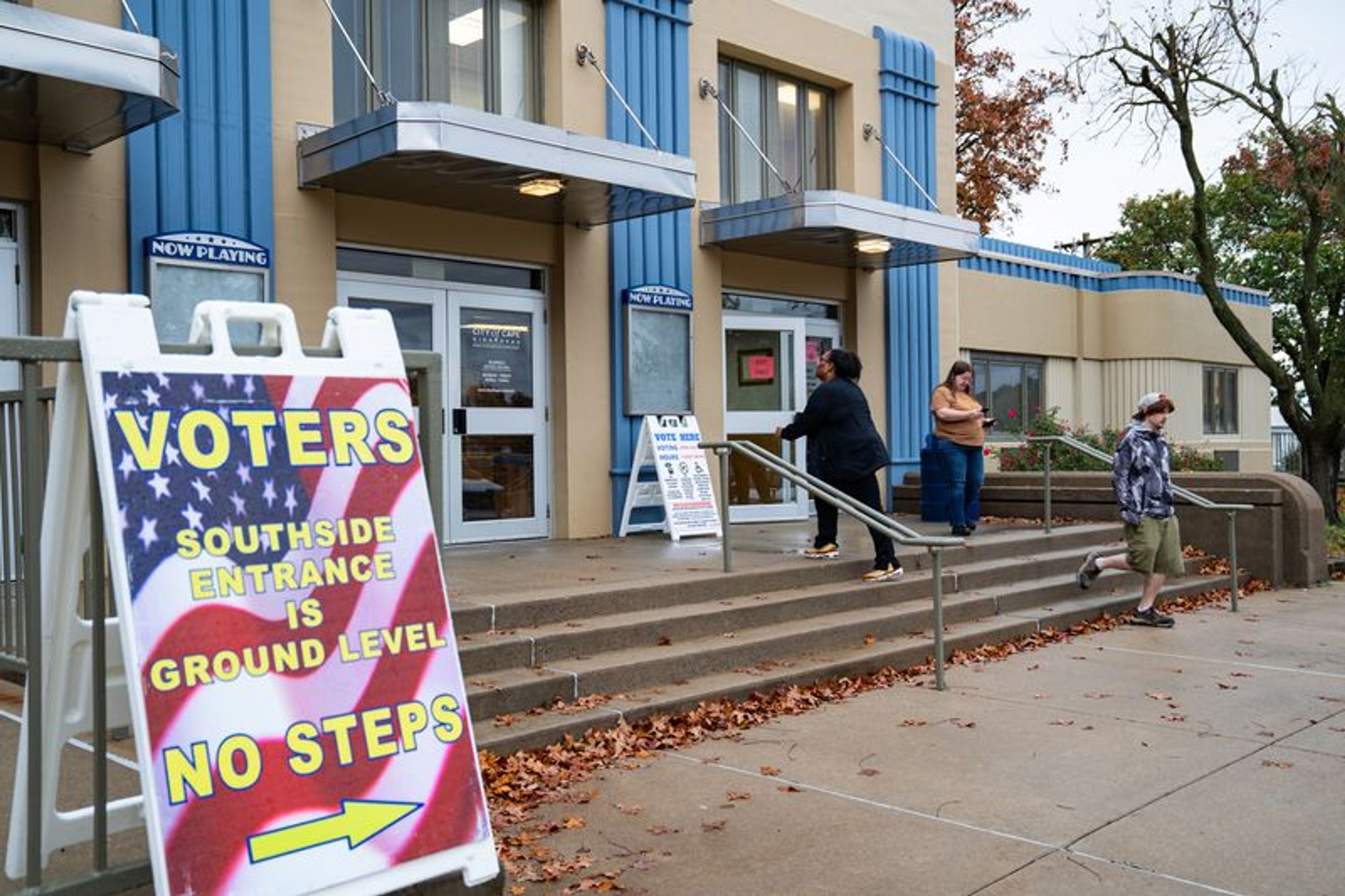University finds more efficiencies, economies
Ever since the Missouri Legislature began looking at budget forecasts last January, it has been apparent that many expensive programs started during a decade of runaway state spending were in trouble. State revenue expectations were considerably below current spending levels, and those estimates continued to drop as the legislative session continued...
Ever since the Missouri Legislature began looking at budget forecasts last January, it has been apparent that many expensive programs started during a decade of runaway state spending were in trouble. State revenue expectations were considerably below current spending levels, and those estimates continued to drop as the legislative session continued.
While a lot of programs were expected to make do with less funding or even do without tax dollars, no one expected higher education -- the state's tax-supported colleges and universities -- to take such a large hit in the form of reduced funding. All summer long, officials at state-supported colleges and universities across Missouri have been looking at various combinations of tuition and fee increases and ways to reduce expenses.
From the outset of this year's budget crunch, officials at Southeast Missouri State University have taken an inclusive approach. While top administrators have pushed the budget-cutting agenda, they have repeatedly consulted with faculty and staff members as well as students in developing a plan that will not only meet this year's funding restraints, but also establish a framework for operating economies in years ahead. After all, the forecast for future state funding of higher education in Missouri isn't very bright.
As the president of Southeast, Ken Dobbins, stated at the end of the budget-cutting process, it would have been easy to simply say at the start that the university had to cut a certain number of employees and a certain number of programs to make the available dollars match the needs of providing an education to the university's growing enrollment.
But university officials opted for a more complicated process, one that sought to maintain the highest quality of education for students while maintaining programs and staffing.
In the end, the university's cutback plan that was announced last week is as interesting for what it didn't do as what it will do, provided the board of regents gives its approval later this month: There were no further increases in tuition or fees, no involuntary furloughs for employees, no elimination of programs and no pay cuts.
Instead, the university found ways to operate more efficiently by restructuring some programs and combining others. In the process, some of the university's most experienced faculty members will give up administrative duties and return to the classroom, a move top officials hope will be a boon for students.
The changes announced last week are instructive in many ways. For one thing, the university has demonstrated that quality does not have to be sacrificed in the face of funding constraints. For another thing, the university has set an example for tax-funded government at all levels across the state -- an example of how efficiencies and savings can be found if you look hard enough.
It took a massive budget cut for higher education to produce these results. Legislators and other elected officials might well wonder what other savings could be achieved elsewhere.
Connect with the Southeast Missourian Newsroom:
For corrections to this story or other insights for the editor, click here. To submit a letter to the editor, click here. To learn about the Southeast Missourian’s AI Policy, click here.








